In Vietnam, bridges are not just structures that cross rivers. Each bridge is a spiritual symbol: connecting two banks, and sometimes two regions of memory. In the Vietnamese mind, bridges are also places to entrust wishes - praying for love, praying for peace, praying for continuity.
It is not difficult to see that in poetry, painting or customs, the bridge is always present as a gentle but durable support. The bride's processions across the bridge, the village markets at the foot of the bridge, or the quiet farewell during the flood season - are all associated with the image of a familiar bridge.
Thanh Toan tile bridge - where time flows quietly
Located in Thanh Thuy Chanh village, about 8km from Hue city, Thanh Toan tile bridge is one of the rare ancient bridges that still retains its traditional style and materials. Built in the 18th century by Mrs. Tran Thi Dao - a woman in the village who used her own money to build the bridge - this is not only a traffic project, but also a timeless humane gesture.
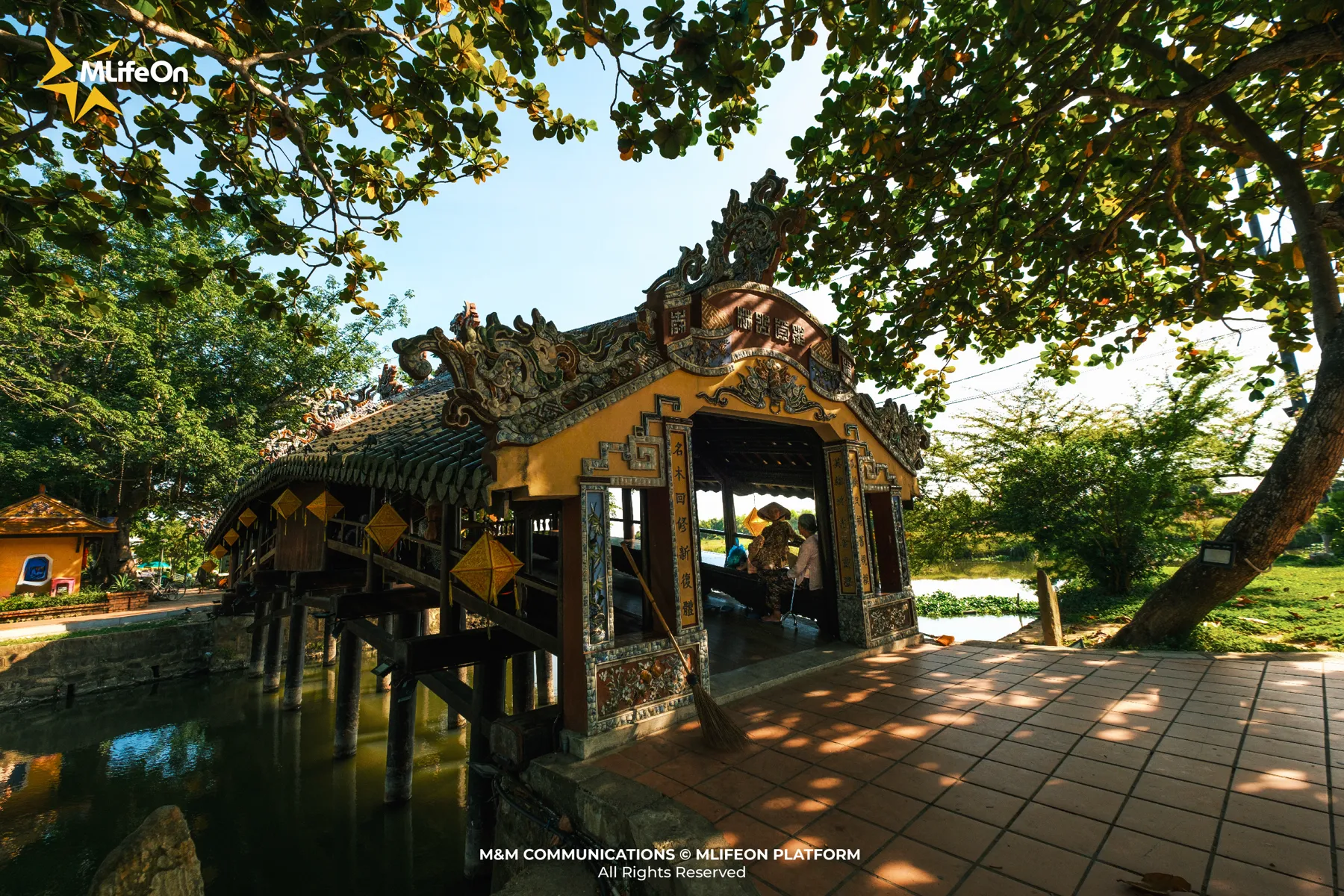
Thanh Toan Tile Bridge still retains its original characteristic appearance.

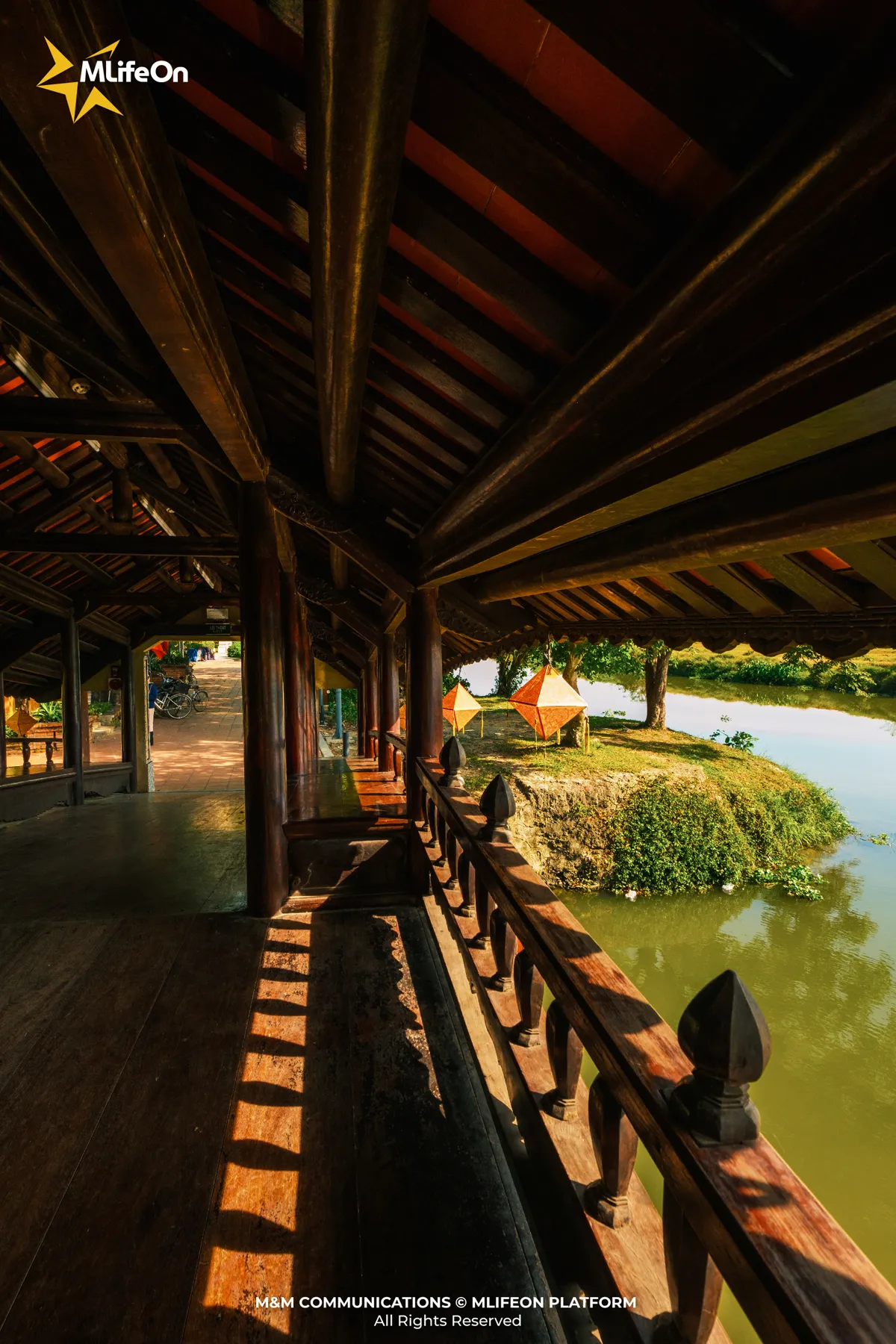
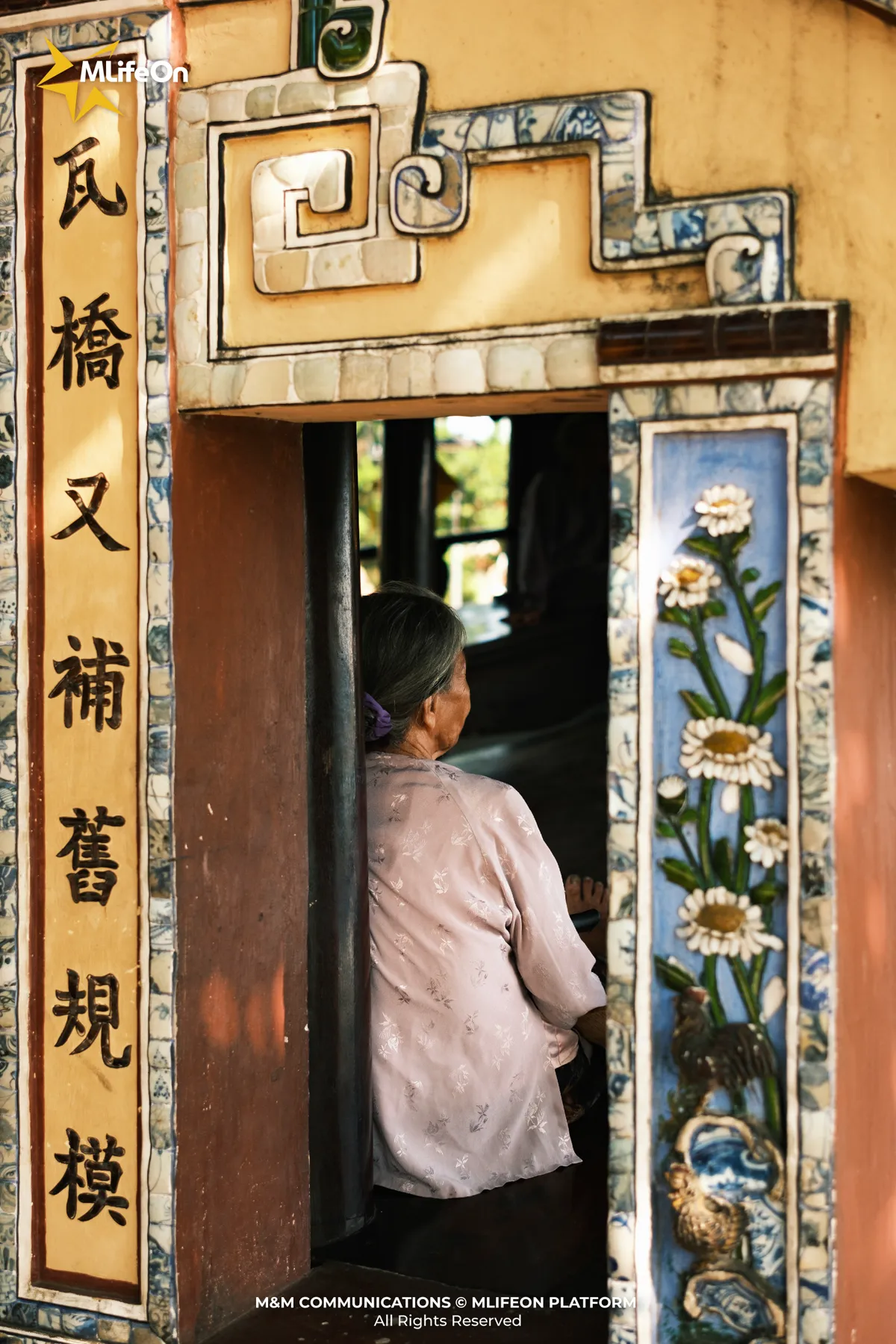
The bridge is made entirely of wood, with a roof covered with yin-yang tiles, and a resting area in the middle of the bridge to shelter from the sun and rain, and to chat. Walking across the bridge, one can hear the creaking sound of wood, and the warmth of the countryside permeating each wooden wall that has been stained by time.
Truong Tien Bridge - a poetic symbol of Hue City
It is impossible to mention Hue City without mentioning Truong Tien Bridge, spanning the charming Huong River like a strip of steel silk. The bridge has 6 semicircular arches, once an architectural mark of France in the early 20th century and has undergone many restorations due to war and natural disasters.
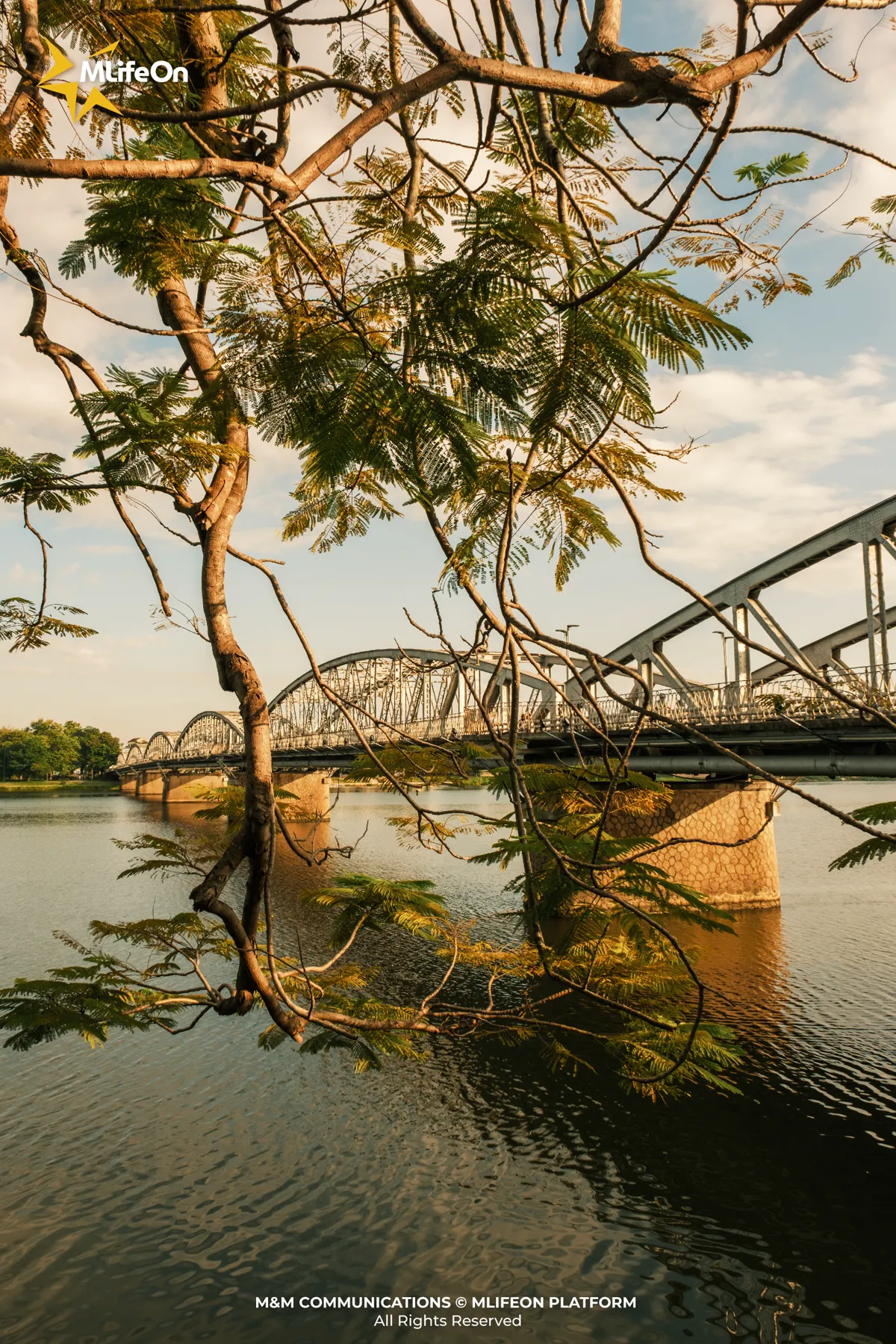
Mentioning Hue City is mentioning Truong Tien Bridge, mentioning poetry and charm.
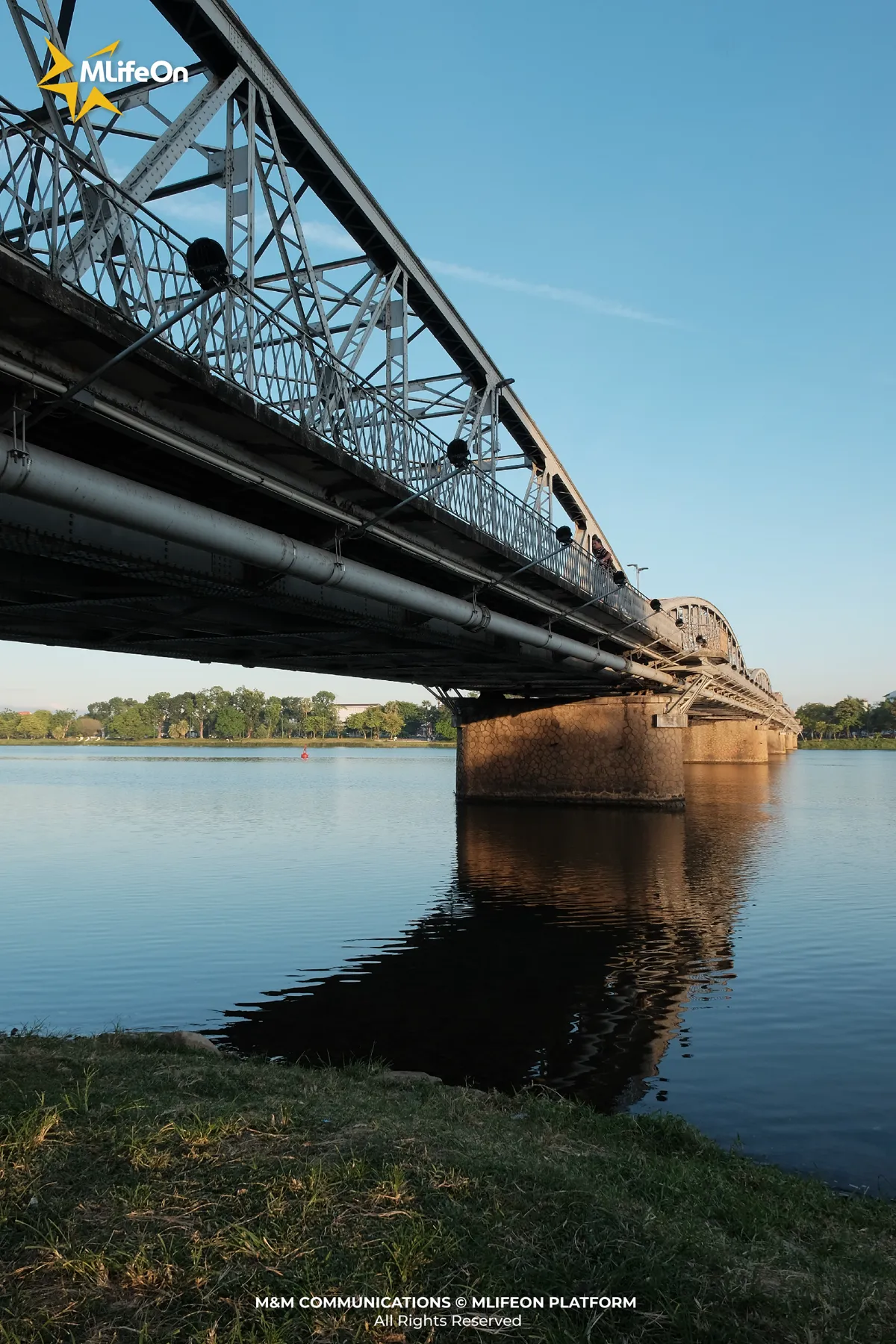
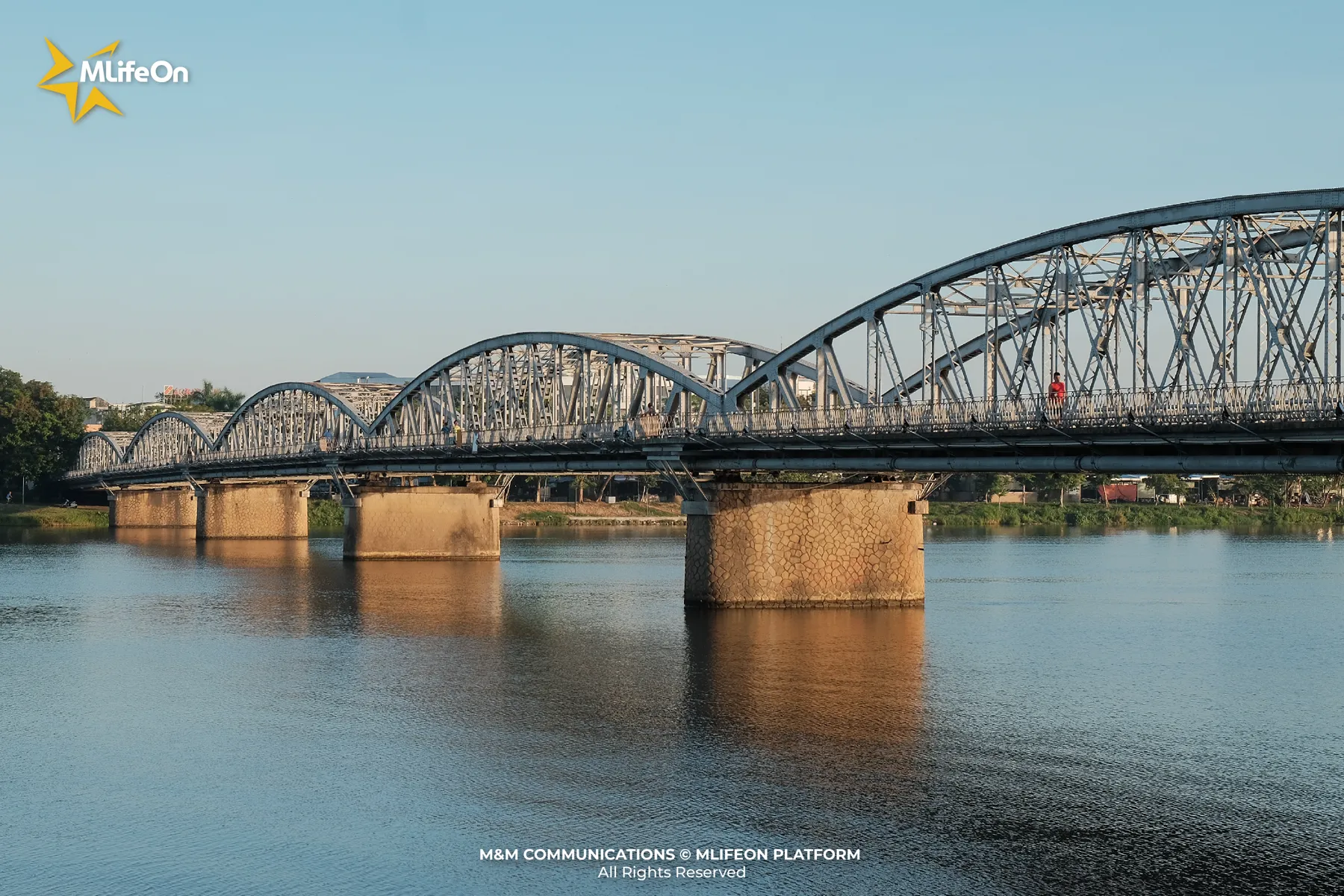
Truong Tien is a place associated with the memories of many generations - a place to date, watch fireworks, and is a wordless symbol of the dreamy Hue. Every Festival - when Truong Tien Bridge is lit up, changing colors, people see more clearly why a bridge can "contain" so many emotions.
Chua Cau, Hoi An - a bridge that tells stories
Located modestly in the middle of Hoi An ancient town, Chua Cau (also known as the Japanese Bridge) is a rare unique architecture: a covered bridge that also serves as a small temple. Built by the Japanese in the 17th century, Chua Cau is not only a symbol of prosperous trade of the ancient Hoi An port, but also shows the profound cultural exchange between Vietnam - Japan - China in a single construction.
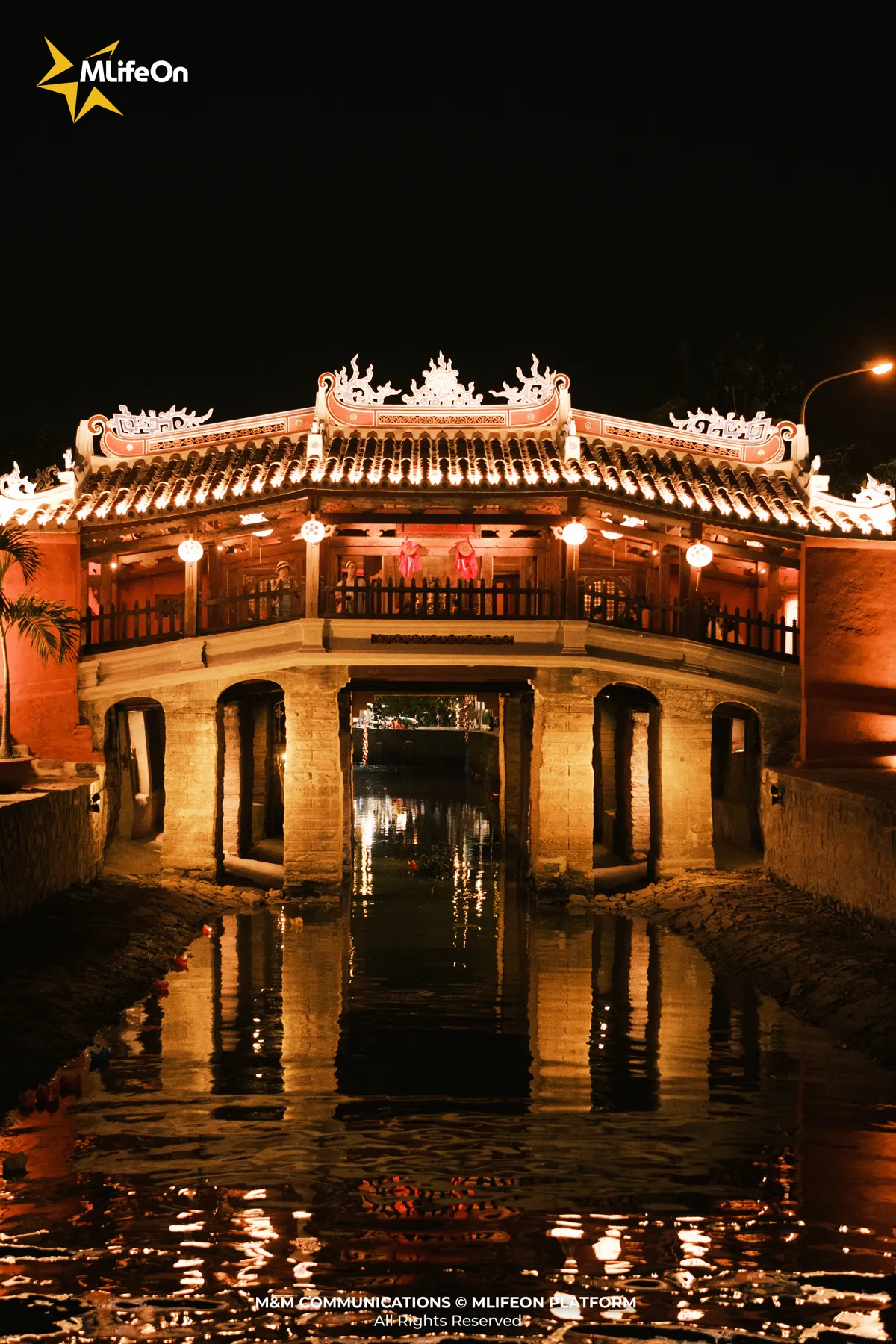
The Japanese Covered Bridge is sparkling at night
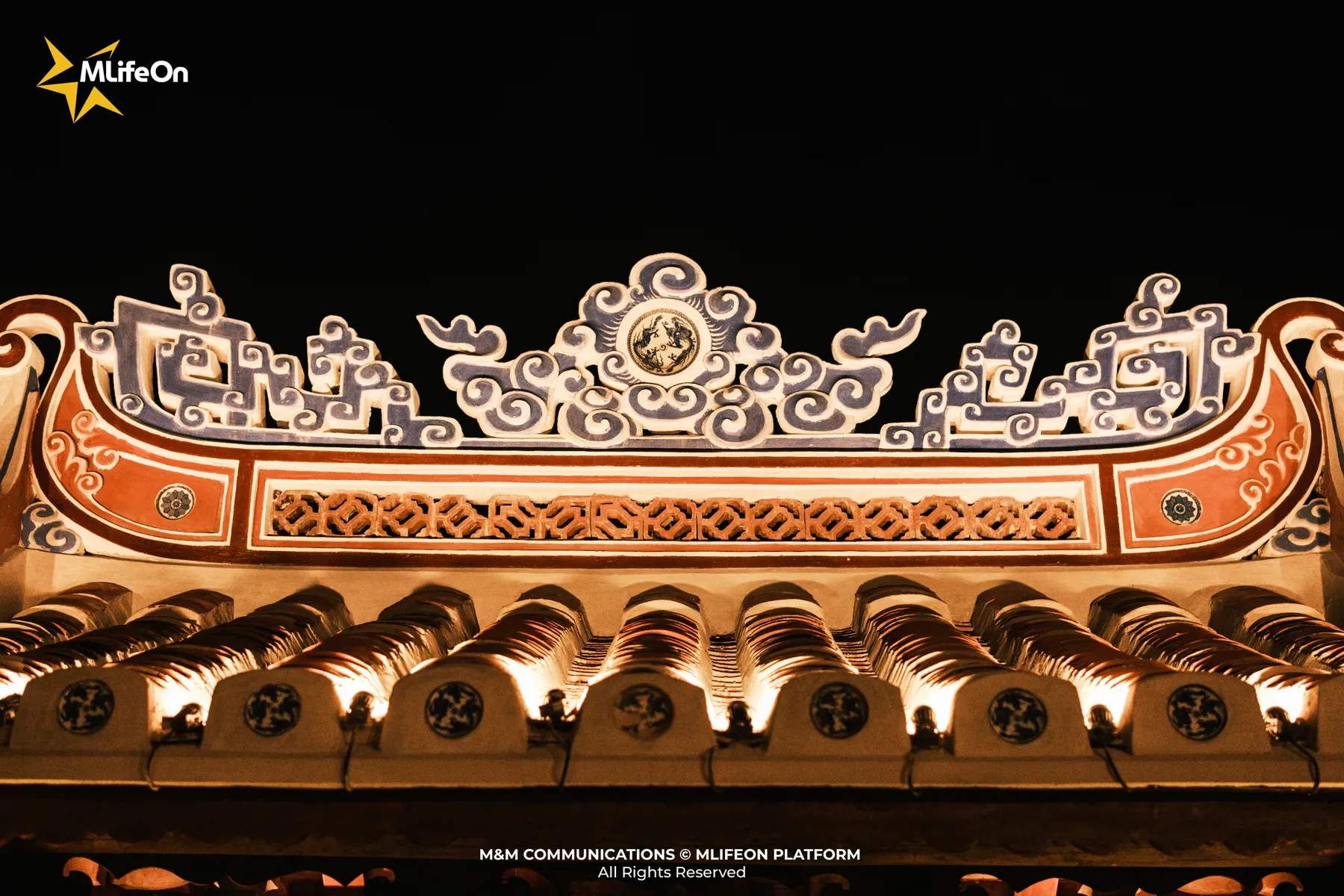
Mossy tiled roofs, intricately carved wooden pillars, and the quiet stream below, all seem to tell a fairy tale chapter through architecture – where Chua Cau is not only a place to walk across, but also a place to stop and listen to ancient things.
Vam Cong Bridge – a modern span connecting the Southwest region
Among the bridges with a modern appearance, Vam Cong Bridge stands out as a symbol of the transformation in the Southwest region. Completed in 2019, the bridge connects Dong Thap province and Can Tho city, not only shortening the trade journey, but also opening up new development opportunities for the whole region.
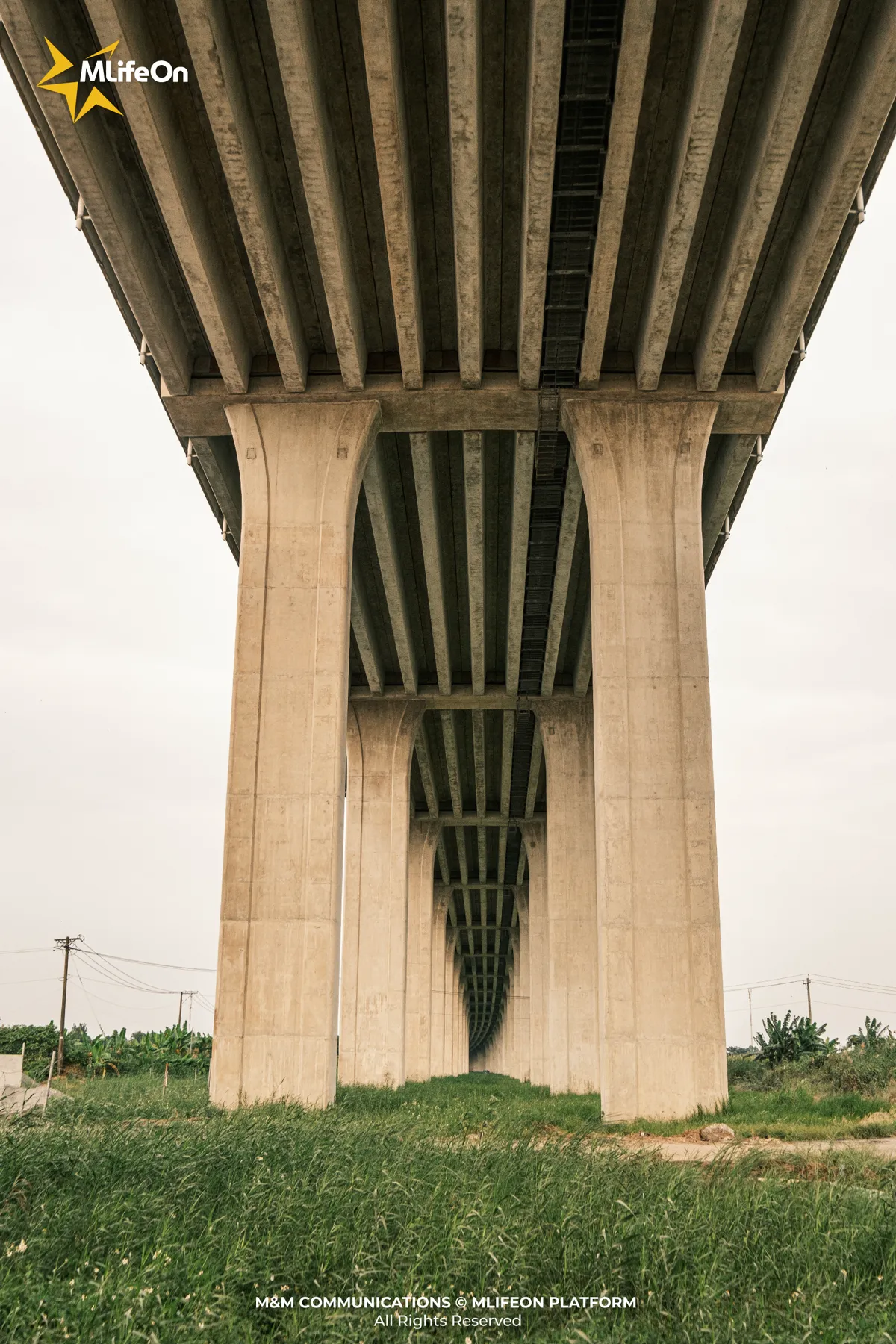
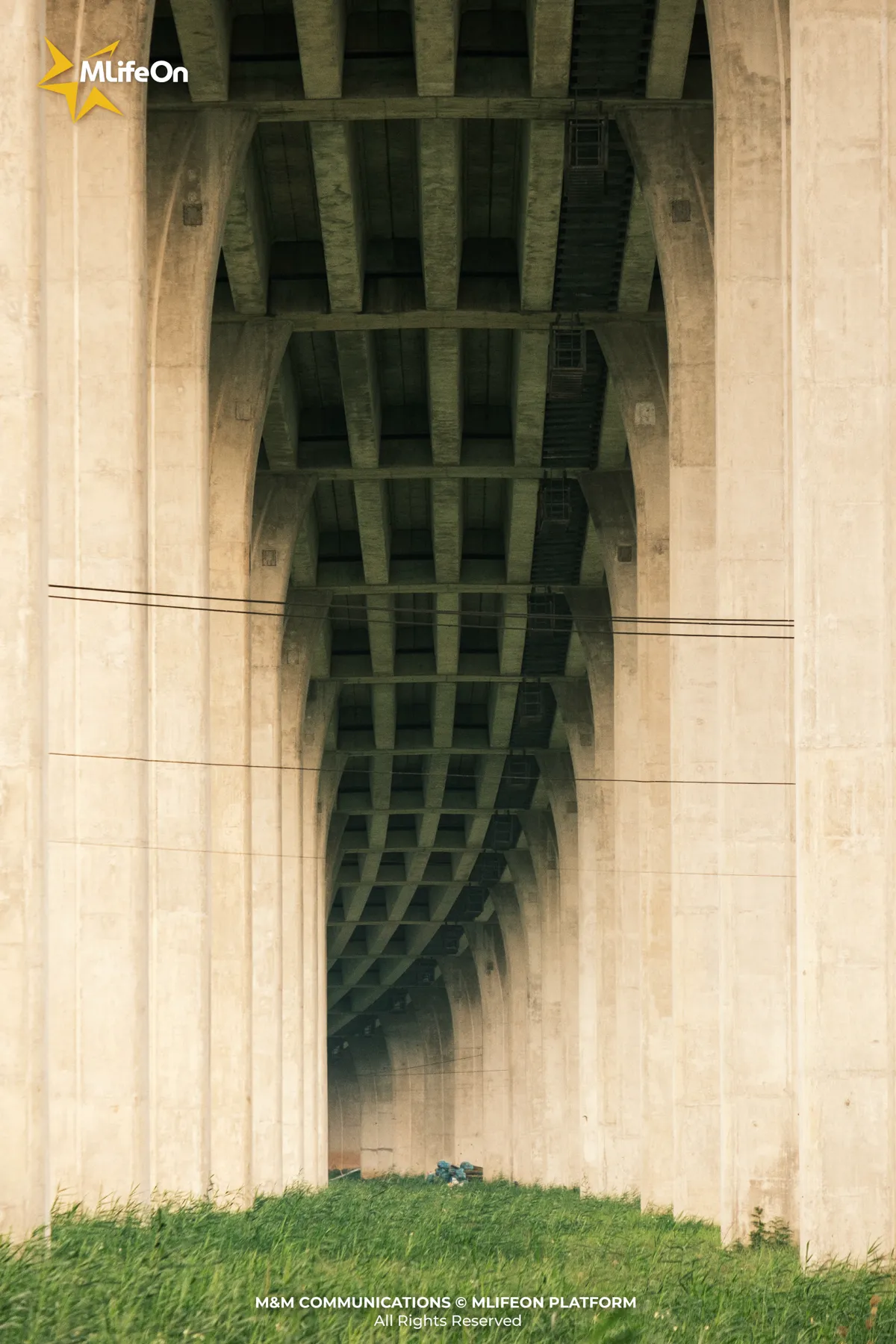
Vam Cong Bridge stands out with many attractive shooting angles
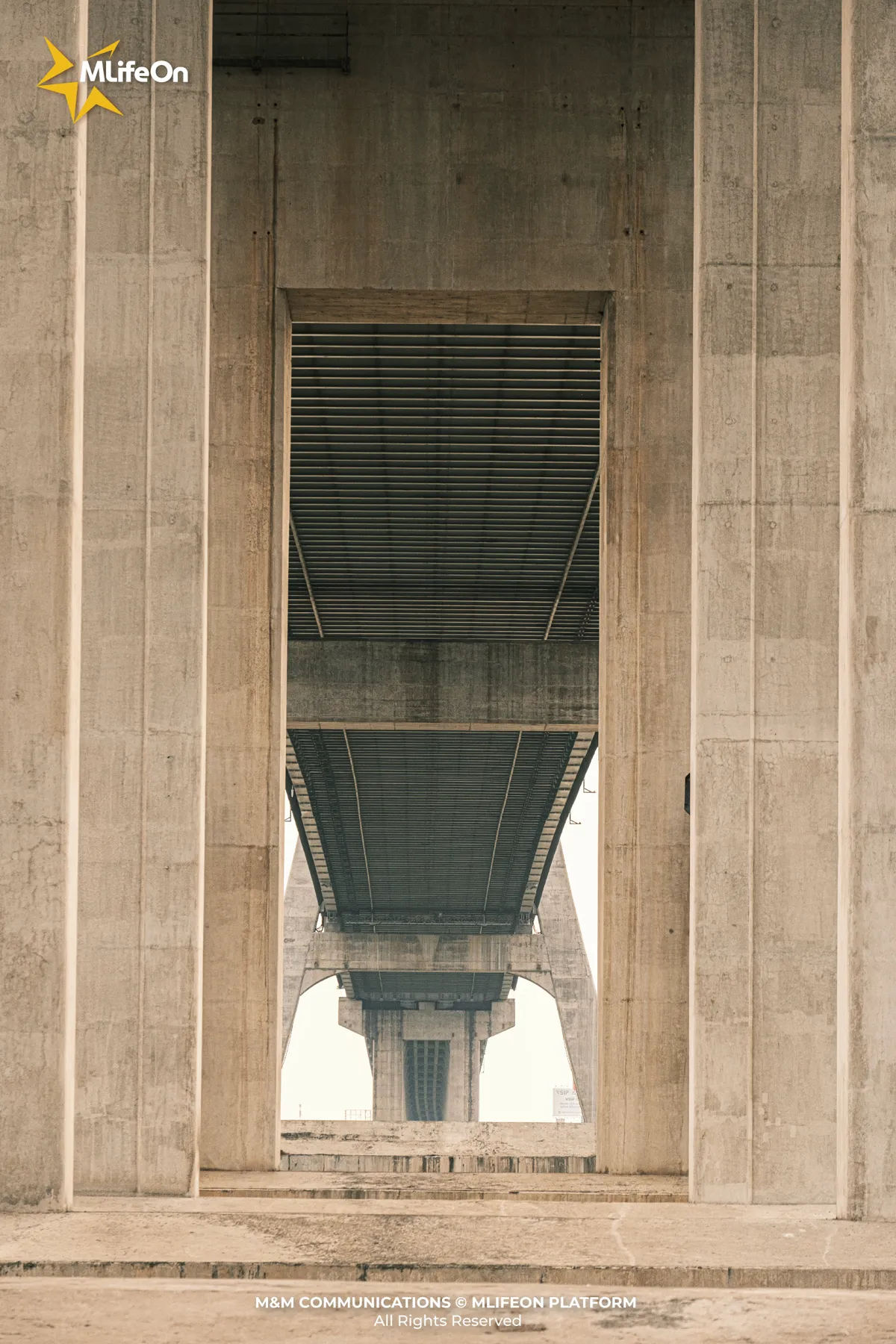
With its modern cable-stayed structure, its tall, airy and strong shape, Vam Cong is another way of saying for today's people: it is also a bridge, but not only to connect the two banks, but also to pave the way for a bigger dream.
Conclusion
Perhaps nowhere else like Vietnam, where bridges are both technical and culturally profound. Whether it is a bridge in the old town, a village tile bridge or a modern cable-stayed bridge, each bridge retains a part of the memory, a part of the story, and a part of the identity of the land to which it belongs.
And like people, bridges do not stand still. They always stretch out - between the two banks, between yesterday and today, between the earth and the sky - like a gentle reminder: where there are bridges, there is still connection.
—----
CREDIT:
- Photography: Luan Nguyen
- Content: Giang Huynh
- Design: Phuong Nguyen





















